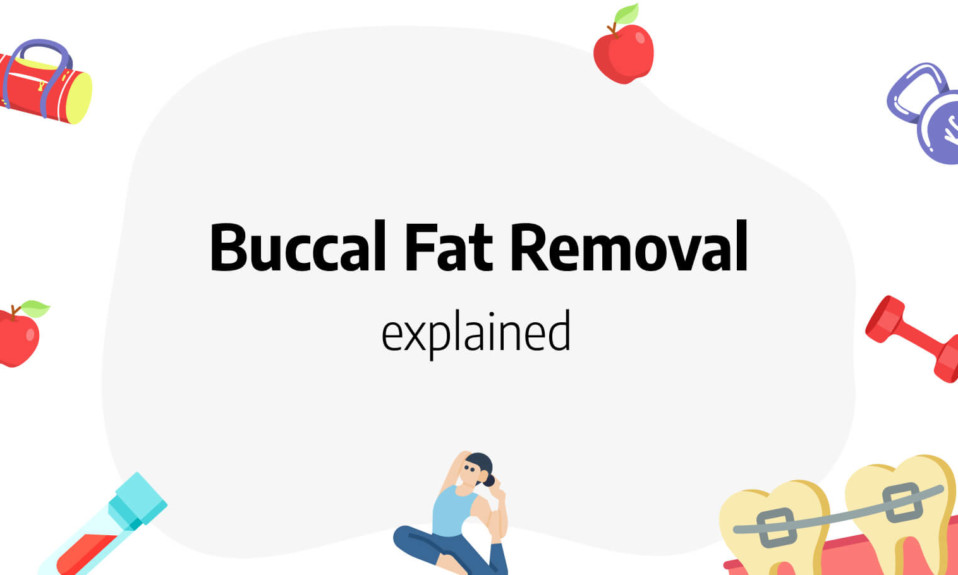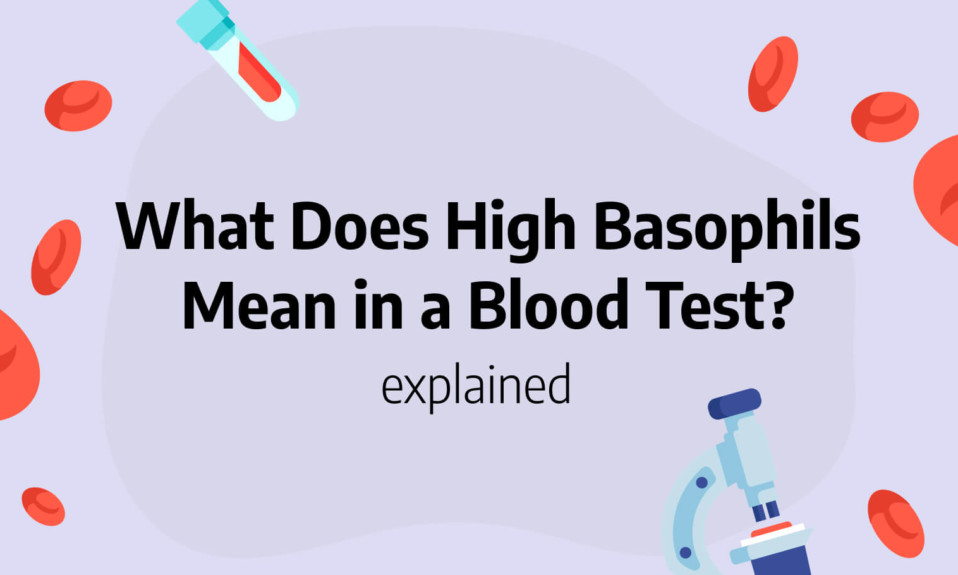What is buccal fat removal?
Buccal Fat removal, also called Bichectomia or Bichat balls reduction is a facial cosmetic surgery procedure that consists of reducing the volume of Bichat’s balls in order to refine the cheeks and treat large cheeks permanently.
The buccal fat removal procedure consists of reducing the fat volume of the cheeks in order to look thinner.
What are Bichat balls?
The Bichat’s fat ball is a delimited mass of fat located in the cheek and which goes up to the temple.
Depending on its size, it gives the cheek its hollow or overly large appearance. It is an essential anatomical structure of the cheek.
In some cases of very small Bichat’s ball, the cheek appears hollow and wrinkles appear.
The Bichat’s ball is therefore the object of the majority of cheek treatments.
The Bichat’s ball is a fatty mass located in the center of the cheek, which is most often responsible for the overfilled appearance of the cheeks.
A thin face with slightly hollowed cheeks most often presents very moderate Bichat’s balls.
In the same way, cheeks that become hollow with aging are refined by the progressive melting of this area. Therefore, it is easy to understand that the reduction of Bichat’s balls will help create this refinement.
The surgical reduction of Bichat’s fatty balls will therefore have the objective of significantly refining this anatomical entity to allow the cheeks to become deeper.
What are the goals of bichectomia?
The objectives of the Buccal fat removal are:
- Reduce the volume of the cheeks
- To treat large cheeks
- Improve cheek definition
- Refine the face
What is the procedure for buccal fat removal?
Before the surgery
The consultation with the surgeon remains imperative to establish the feasibility of the procedure.
It will also help you to understand what results you can obtain following Bichat ball surgery.
During the consultation, you will be able to explain your needs and expectations.
The entire procedure will also be explained to you: how the surgery will be performed, the advantages and risks (Bichat balls are located deep inside the facial nerve and the stenon canal.
After a 15-day reflection period, a date for the operation can be set.
To avoid any risk of infection, please take care of your oral hygiene before the surgery. If you smoke, you will also have to stop smoking 5 weeks before the operation. You should also go to the dentist to check the condition of your teeth and gums and have a good scaling before the bichectomy.
As before any surgery, it is important to remember that anti-inflammatory drugs and drugs containing aspirin should be avoided for 10 days before the operation.
During the surgery
An incision is made inside the cheeks. A part of the Bichat’s ball will then be visible. On average, about 3 to 5 cm2 of fatty mass is removed.
The result is immediately visible, which allows for adjustments during the operation.
Once the bichectomia is performed for each cheek, the incisions are closed with absorbable sutures.
There is no visible scarring from the operation.
A contention hood to avoid swelling is prescribed in the days following the operation.
After the surgery
After the operation, you can go home the same day.
Post-operative pain will be treated with painkillers.
The slight swelling in the cheeks will subside after only a few days. You can apply ice to your cheek to reduce the swelling.
A follow-up a few days after the operation is essential to rule out the risk of infection. Follow-up visits will then be made throughout the year.
A mixed diet, mouthwash and general oral hygiene should be maintained for a week or more.
Buccal fat removal procedure duration
The buccal fat removal procedure is a fairly quick procedure.
Under local or general anesthesia, the procedure is done on an outpatient basis.
The operation lasts an average of 30 to 45 minutes, or a little less than an hour.
Each cheek is treated in the same way.
The length of hospitalization is thus from a few hours to less than 12 hours.
Buccal fat removal cost
A Buccal fat removal costs from $1.500 to $5.500.
This price may vary depending on the case, the surgeon consulted, the geographical location, etc.
Cheek liposuction or bichectomia?
While both procedures aim to reduce the size of the cheeks, cheek liposuction will only remove the fat directly under the cheek skin.
In fact, this fat is not very thick and can return.
The results of cheek liposuction are therefore moderate and do not last over time.
On the contrary, a reduction of the Bichat balls will intervene on the fat located deep down.
In addition, the fat removed in the Bichat balls does not reappear, making the procedure long-lasting.
At what age can a bichectomia be performed?
From the age of 18, bichectomia can be considered.
After the age of 50, the reduction of Bichat’s balls is not indicated because of the aging of the face.
For which type of face is the buccal fat removal more suitable?
Whether you are a man or a woman, you can perform a bichectomia.
However, the preponderance remains for the female gender who finds it a way to sculpt the face in a discreet manner.
Patients with thick skin are poor candidates for this surgery because the result is likely to be modest due to the thickness of the skin that will mask the results.
However, not all faces are suitable for this procedure.
For some people, the bichectomy will give an aged look and a drooping face.
A round face with a marked Bichat’s ball size is more suitable for a cheek reduction.
If you already have an emaciated face, other procedures should be considered to correct the facial contour.
What are the risks of buccal fat removal?
Bichectomia is a relatively safe and usual procedure. However, there are few possible complications after a bichectomia:
- Appearance of hematomas after the procedure. This is a rare complication, but it can occur in some patients following manipulation of the cheek.
- Paralysis of the facial nerve or accidental section of Stenon’s Canal, responsible for the flow of saliva inside the mouth.
- Stenon’s canal can be affected during the procedure.
- Facial asymmetry.
- Infections (mainly in case of non respect of pre and post operative instructions).










